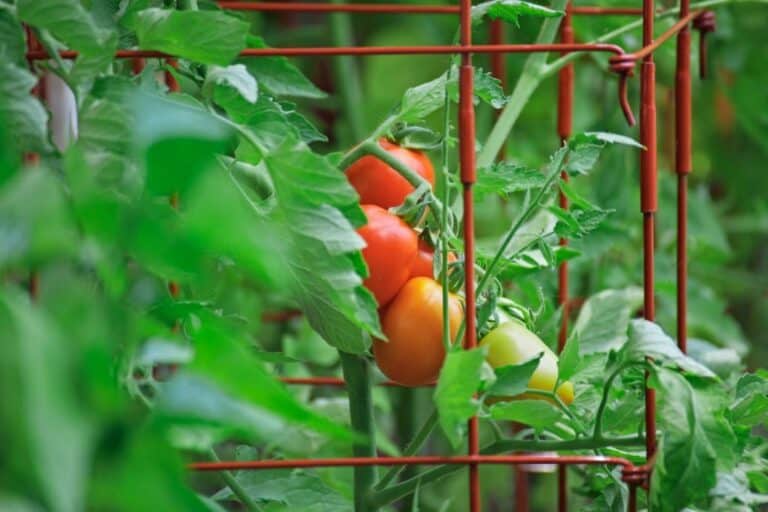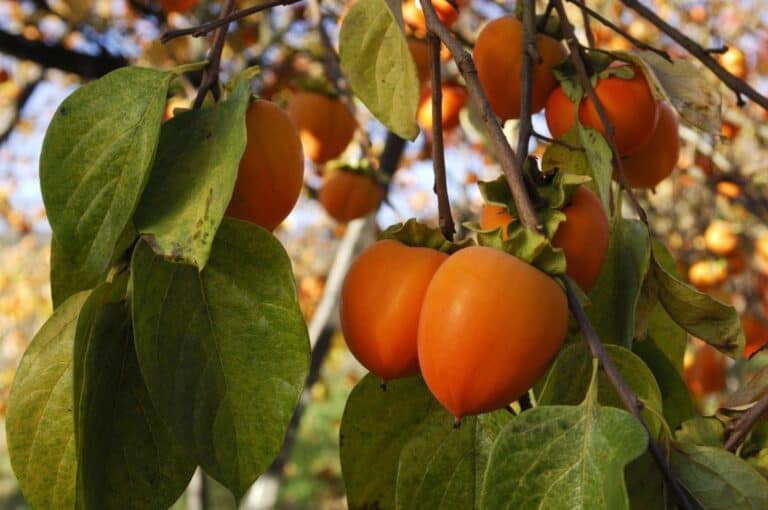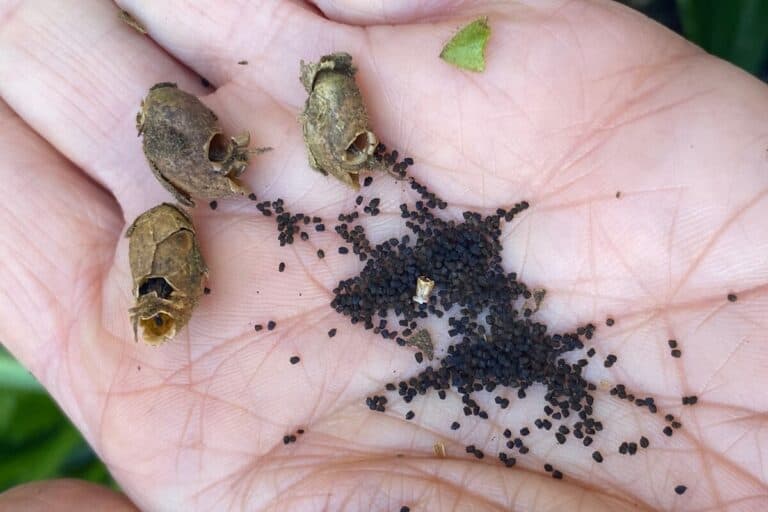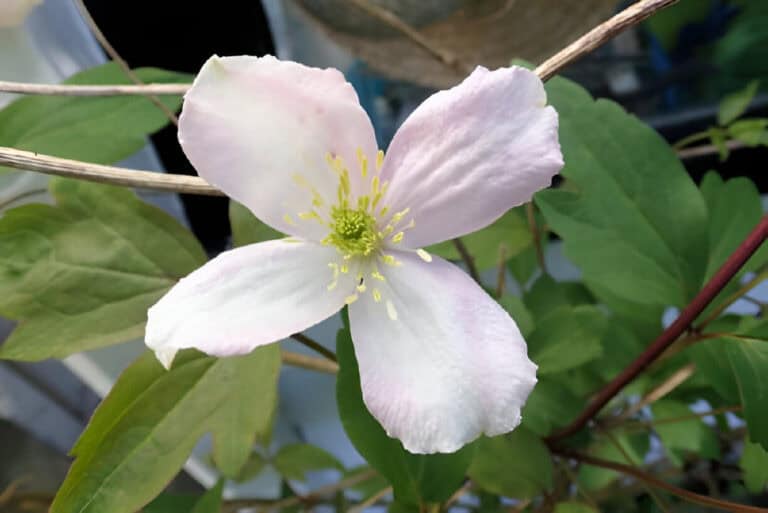Why Is My Rubber Plant Losing Its Bottom Leaves (And How to Treat Them)
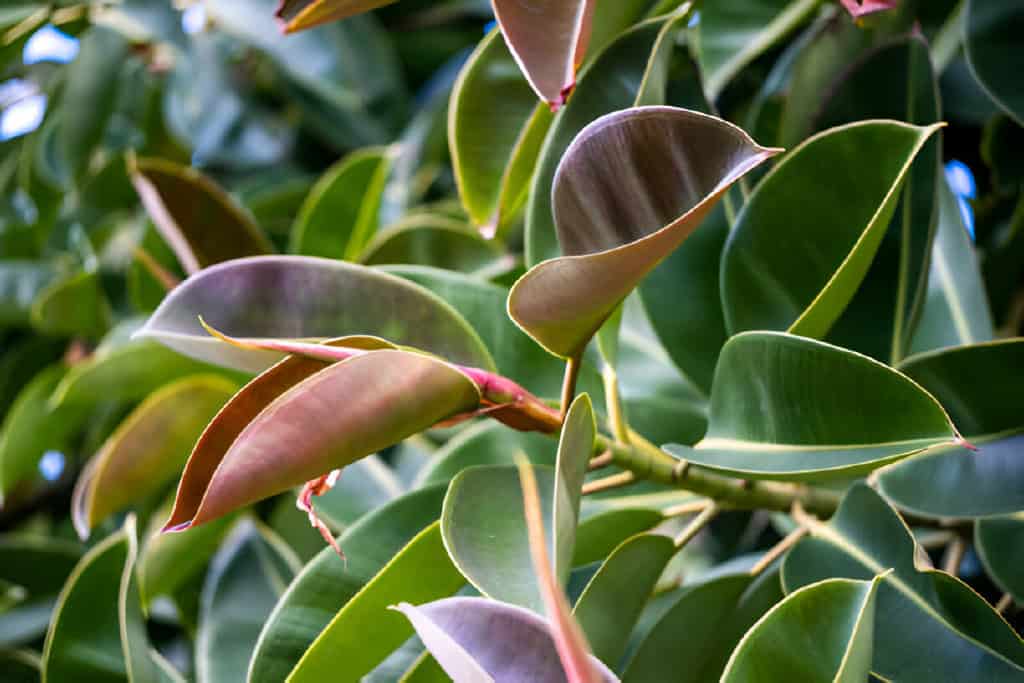
Rubber plants, with their lush, glossy leaves, are a popular choice for indoor gardeners seeking to bring a touch of the tropics into their homes. However, it’s not uncommon for these plants to start shedding their lower leaves, which can be a cause for concern.
If you’ve noticed your rubber plant losing its bottom leaves, it might be trying to tell you something about its health or environment.
Understanding the reasons behind this leaf loss and learning how to address each issue can help you restore your plant to its former glory. In this article, we’ll explore why rubber plants drop leaves. We’ll also offer practical solutions to keep your green friend thriving.
1. Natural Aging
One of the most common reasons for rubber plants to lose their bottom leaves is simply natural aging. As plants grow, it’s normal for them to shed older leaves to make way for new growth. This process is a natural part of the plant’s life cycle and usually isn’t a cause for concern.
Treatment: If natural aging is the reason, there’s no need for intervention. Simply remove the fallen leaves and continue to care for your plant as usual. Providing optimal conditions will encourage new growth at the top of the plant, ensuring it remains healthy and vibrant.
2. Improper Watering
Watering issues, whether too much or too little, can lead to leaf drops in rubber plants. Overwatering can cause root rot, while underwatering can lead to dehydration. Both conditions stress the plant, causing it to shed its lower leaves in an attempt to conserve resources.
Treatment: To address improper watering, it’s essential to find the right balance. Rubber plants prefer to dry out slightly between waterings. Check the top inch of soil; if it’s dry, it’s time to water. Ensure the pot has good drainage to prevent water from pooling at the bottom. Consistent, moderate watering will help maintain healthy roots and foliage.
3. Inadequate Light
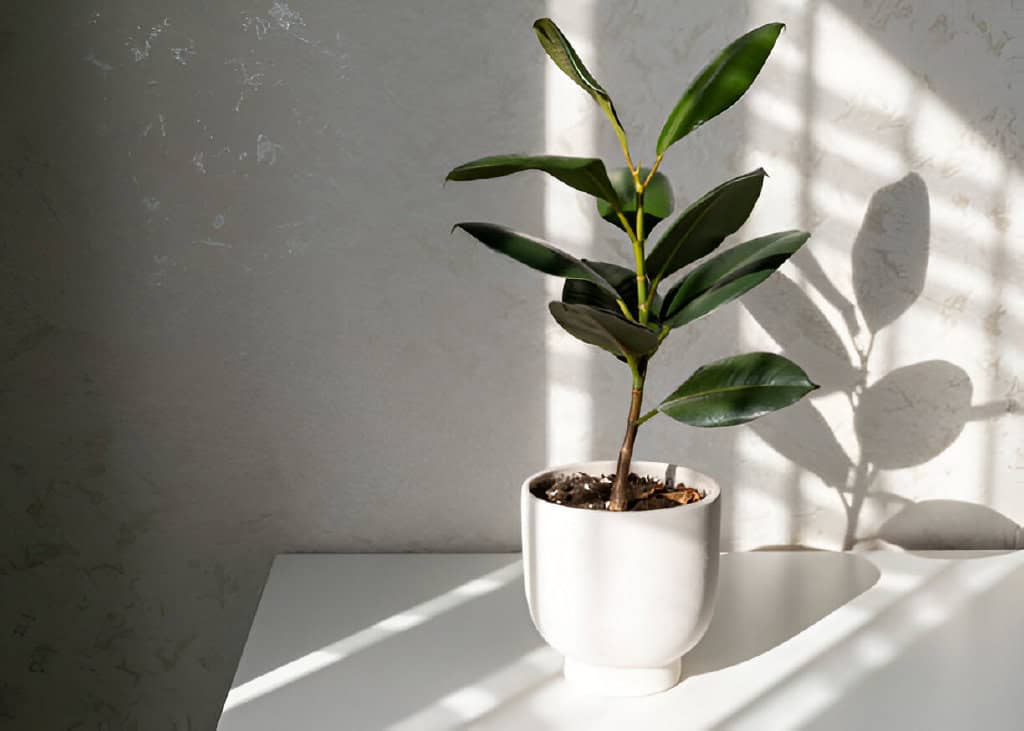
Rubber plants need bright, indirect light to thrive. Insufficient light can cause the plant to shed its lower leaves as it struggles to photosynthesize effectively. Conversely, too much direct sunlight can scorch the leaves, leading to similar symptoms.
Treatment: Place your rubber plant in a spot where it receives bright, indirect light. East or north-facing windows are ideal. If natural light is limited, consider using grow lights to supplement. Avoid placing the plant in direct sunlight, which can cause leaf burn. Proper lighting will ensure your plant has the energy it needs to maintain healthy foliage.
4. Light Change
A change in light levels can be a significant factor in causing the leaves of your rubber plant to drop off. When the plant experiences a sudden shift in its light environment, it may respond by shedding leaves as a form of stress response. This is especially common when a plant is moved from a well-lit outdoor area to a dimmer indoor space. It also happens within your home, where light exposure varies.
Treatment: To mitigate this issue, it’s crucial to acclimate your rubber plant gradually to its new light conditions. Begin by positioning the plant closer to a window where it can receive ample natural light. If natural light is insufficient or inconsistent, consider supplementing with plant lights.
These lights can help keep the needed light levels. They ensure your rubber plant stays healthy and vibrant. By taking these steps, you can prevent leaf drop and help your rubber plant adjust more comfortably to its indoor environment.
5. Low Humidity
Rubber plants are native to tropical regions and thrive in high humidity. Low humidity levels can cause the plant’s leaves to dry out and fall off. This is common indoors. The air is dry, especially in the winter when heating is on.
Treatment: To increase humidity, consider using a humidifier or placing a tray of water near the plant. Grouping plants together can also create a microenvironment with higher humidity. Regular misting can provide a temporary boost in humidity, but it’s not a long-term solution. Keeping the air moist will help prevent leaf drops and promote lush growth.
6. Acclimation
Improper acclimation to indoor conditions can lead to leaf drop in plants, including your rubber plant. Plants can experience shock when they are abruptly moved from outdoors to indoors, or vice versa. This shock disrupts their ability to control moisture levels and react to light and temperature. It often causes the shedding of leaves.
How to Treat: To prevent this issue, it’s essential to acclimate your rubber plant gradually. Start by moving the plant indoors at night. Do this when it’s cooler and darker. This allows the plant to adjust to indoor conditions. It avoids the stress of full exposure to artificial light and temperature changes.
During the daytime, consider moving the plant outdoors, where it can benefit from natural sunlight and fresh air. This step helps maintain the plant’s accustomed light levels and temperature range.
7. Nutrient Deficiency
A lack of essential nutrients can weaken your rubber plant, causing it to drop its lower leaves. Nitrogen, in particular, is vital for healthy leaf growth. A deficiency in this nutrient can lead to yellowing and eventual leaf drop.
Treatment: Treat your rubber plant with a balanced, water-soluble fertilizer. Do this every four to six weeks during the growing season (spring and summer). Ensure the fertilizer contains essential nutrients like nitrogen, phosphorus, and potassium. Follow the manufacturer’s instructions to avoid over-fertilization, which can also harm the plant. Adequate nutrition will support robust growth and prevent leaf loss.
8. Pests and Diseases
Pests such as spider mites, aphids, and scale insects can infest rubber plants, causing damage that leads to leaf drop. Diseases like root rot, often caused by overwatering, can also cause leaves to fall off.
Treatment: Regularly inspect your plant for signs of pests or diseases. If you detect an infestation, treat it promptly with insecticidal soap or neem oil. For diseases, remove affected parts and adjust your watering practices to prevent further issues. Maintaining a clean growing environment and monitoring your plant’s health will help keep pests and diseases at bay.
9. Environmental Stress
Rubber plants can be sensitive to changes in their environment. Drafts, sudden temperature changes, and repotting can stress the plant. This stress causes it to shed leaves.
Treatment: Place your rubber plant in a stable environment away from drafts, heating vents, and cold windows. If you need to repot the plant, do so carefully and ensure it has adequate time to adjust to its new pot. Gradual changes in its environment will help reduce stress and prevent leaf drop.
Table: Common Reasons for Leaf Drop in Rubber Plants and Treatments
| Reason | Symptoms | Treatment |
| Natural Aging | Older leaves turning yellow and falling off | Remove fallen leaves, maintain care routines |
| Improper Watering | Yellow leaves, root rot, dry soil | Water when the top inch of soil is dry, ensure good drainage |
| Low Humidity | Dry, crispy leaves | Use a humidifier, place a water tray near the plant, mist regularly |
| Inadequate Light | Yellowing leaves, slow growth | Provide bright, indirect light, use grow lights if necessary |
| Nutrient Deficiency | Yellowing leaves, stunted growth | Fertilize with a balanced fertilizer every 4-6 weeks during growing season |
| Pests and Diseases | Damaged leaves, visible pests, root rot | Treat with insecticidal soap, neem oil, adjust watering practices |
| Environmental Stress | Sudden leaf drop after changes | Ensure stable environment, avoid drafts, careful repotting |
| Read: Aucuba is Losing Leaves: How to Treat Them |
Is It Normal for Rubber Plant to Lose Leaves During Certain Seasons?
It is quite normal for a rubber plant to lose a few leaves during certain seasons. This is part of its natural growth cycle. It often happens when the plant is adjusting to changes in its environment. These changes might be shifts in light, temperature, or humidity. During the fall and winter, indoor conditions can vary a lot. This leads to leaf drop as the plant adapts to lower light and cooler temperatures.
However, if the leaf loss is excessive, it might be a sign that your rubber plant needs some attention. Factors such as overwatering, underwatering, or a sudden change in location can stress the plant and cause more leaves to fall than usual. You must care for your plant consistently. This includes giving it the right amount of water and stable conditions. This care can help minimize this issue.
Watching your rubber plant closely will help you see if the leaf loss is normal for the season. Or, if there’s a more serious issue. Look for other signs of stress, such as yellowing leaves, drooping stems, or slowed growth, which could indicate that the plant needs adjustments in its care routine. Addressing these factors promptly can help your plant recover and thrive.
Is Rubber Plant Still Healthy Even Though It Is Losing Leaves?
Yes, a rubber plant can still be healthy even if it is losing some leaves. Leaf loss in rubber plants can be a normal part of their growth cycle, especially as they adapt to changes in their environment. When a rubber plant is shedding a few leaves, it often indicates that the plant is making room for new growth, which is a positive sign of its overall health.
However, it’s essential to monitor the extent of leaf loss to ensure it’s within a normal range. The plant is losing leaves too much. This might be due to stress from overwatering, underwatering, or a sudden change in its environment. For example, a new location or fluctuating temperatures. Ensuring your rubber plant has a stable environment with consistent care can help reduce unnecessary leaf drop.
To determine if your rubber plant is healthy despite losing leaves, observe other aspects of the plant’s condition. Healthy rubber plants typically have vibrant, glossy leaves and sturdy stems. New leaf growth is also a good indicator that the plant is thriving. If you notice these signs along with minor leaf loss, your plant is likely in good shape.
Conclusion
Understanding why your rubber plant is losing its bottom leaves is the first step in restoring its health and vitality. Identify the cause. Then, use the right treatments. Doing this will help your plant recover and thrive. Regular monitoring, good care, and timely interventions are essential. They keep a rubber plant healthy. Such a plant can adorn your space with its lush foliage.
You may face natural aging, watering issues, low humidity, weak light, nutrient problems, pests, diseases, or stress. Each challenge can be managed right. With patience and dedication, your rubber plant can flourish and remain a beautiful, vibrant part of your indoor garden.

